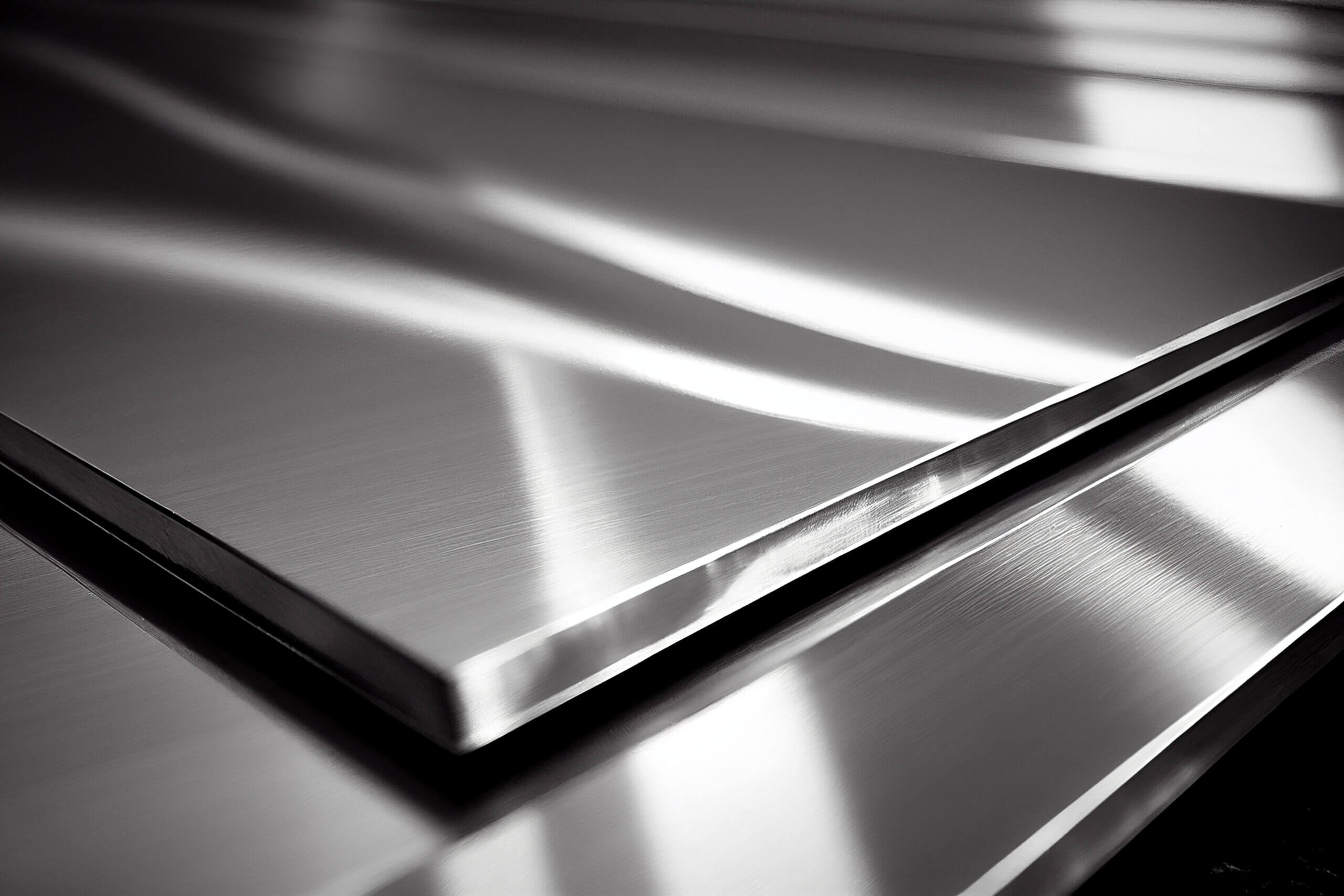304 vs 316 Stainless Steel: The Ultimate Guide to Choosing the Right Grade
Many people don’t know how complex the comparison between 304 and 316 stainless steel is and the impact they have on applications. Both are austenitic stainless steels that are popular for their excellent heat resistance, wear resistance, corrosion resistance, and aesthetics.
The similarities between these two stainless steels make many people think that they have the same uses. This article aims to compare 316 and 304 stainless steel by showing their characteristics, uses, similarities, differences, and their importance before choosing the right stainless steel for your project.
1.What is 304 stainless steel?
304 SS or 304 SS is an austenitic steel that contains 18% chromium and 8% nickel (hence the name 18/8), as well as other alloying elements such as carbon, phosphorus, sulfur, silicon, and manganese. It has good corrosion resistance and is considered the most versatile and common stainless steel grade in sheet metal fabrication.
1) Characteristics
304 SS has unique properties that make it suitable for different industries. The following are the important physical and mechanical properties of the material flat rolled products (plates, sheets and coils):
- Melting point 1450℃
- Density: 8.00 g/cm^3
- Thermal expansion: 17.2 x10^-6/K
- Modulus of elasticity: 193 GPa
- Thermal conductivity: 16.2 W/mK
- Tensile strength: 500-700 Mpa
- Elongation A50 mm: 45 min. %
- Hardness of stainless steel (Brinell): max. 215 HB
2) Applications
304 SS has high formability and considerable corrosion resistance. Therefore, it is used to manufacture many products in multiple industries. Here are some of its applications:
- Food Industry
The food industry uses 304 SS to manufacture deep fryers and food preparation tables. These products require an affordable, corrosion-resistant, heat-resistant and aesthetically pleasing material. - Kitchenware
304 SS is suitable for making kitchen cookware and silverware. It is a perfect material due to its formability, heat resistance and wear resistance. Due to the increase in demand for aesthetically pleasing kitchen equipment, 304 SS has become an important material due to its wear resistance. - Medical Industry
The medical industry uses 304 SS to make trays and surgical instruments. Here, its value lies in its excellent formability and heat resistance (as heat sterilization is required).
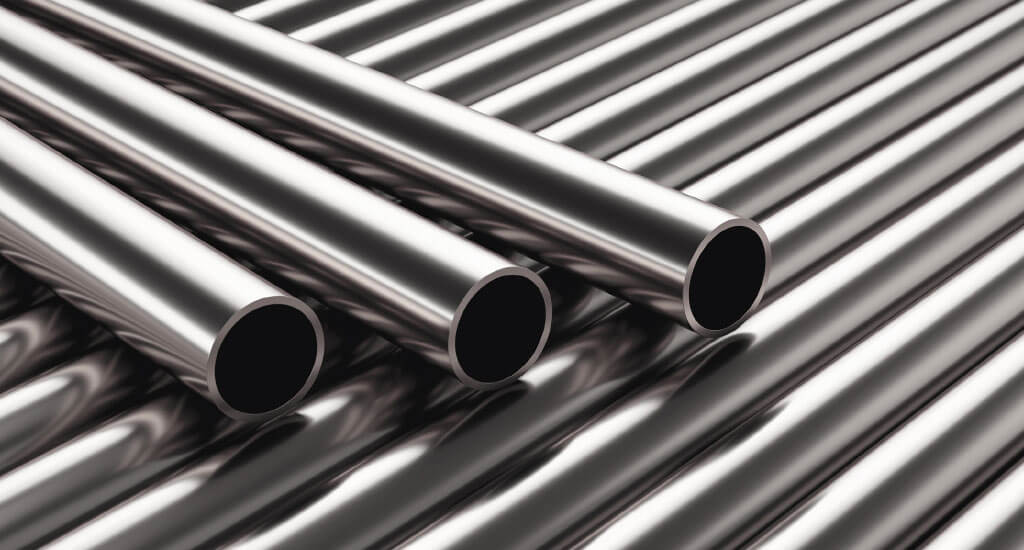
2.What is 316 stainless steel?
316 SS or 316 SS is the second most popular austenitic stainless steel and consists of iron, 10-14% nickel and 16-18% chromium. The real difference between 316 SS and 304 SS is the presence of molybdenum (2-3%), as well as other alloying elements such as carbon, manganese and silicon.
1) Characteristics
① Physical properties
- Density: 8.00 g/cm3
- Melting point: 1400°C
- Modulus of elasticity: 193 GPa
- Resistivity: 0.74 x 10-6 Ω.m
- Thermal conductivity: 16.3 W/mK
- Thermal expansion: 15.9 x 10-6/K
② Mechanical properties
The mechanical properties depend on the type of 316 SS. There are three categories: 316 bars and profiles (thickness up to 160 mm), 316 plates (thickness up to 8 mm), and 316 sheets (thickness 8 – 75 mm). The following are the mechanical properties of each category.
- Tensile Strength (Mpa): 500-700, 530-680, 520-670
- Yield Strength (MPa): 200, 240, 220
- Elongation A50mm: 40%+, 40%+, 45%+
- Stainless Steel Brinell Hardness: 215 HB max, None, None
2) Applications
316 stainless steel has high formability and extremely high corrosion resistance. It is the most common material for manufacturing parts for marine applications due to the presence of molybdenum. Here are several applications of stainless steel grades.
- Shipping Industry
316 SS is suitable for manufacturing parts such as boilers, ship railings, and ship ladders because of its excellent stability in environments containing chlorides or sulfuric acid. In addition to corrosion resistance, it is also highly weldable and formable, making product manufacturing easier. - Water Treatment Products
The heat resistance of 316 SS makes it suitable for manufacturing water treatment products such as boilers and water heaters. Since the product design is complex, formability also plays an important role. - Medical and Pharmaceutical Equipment
The medical industry uses 316 stainless steel to manufacture medical equipment because of its easy formability and heat resistance (required for heat sterilization). It is also suitable for pharmaceutical equipment because such equipment works in different environmental conditions and is affected by chemicals.
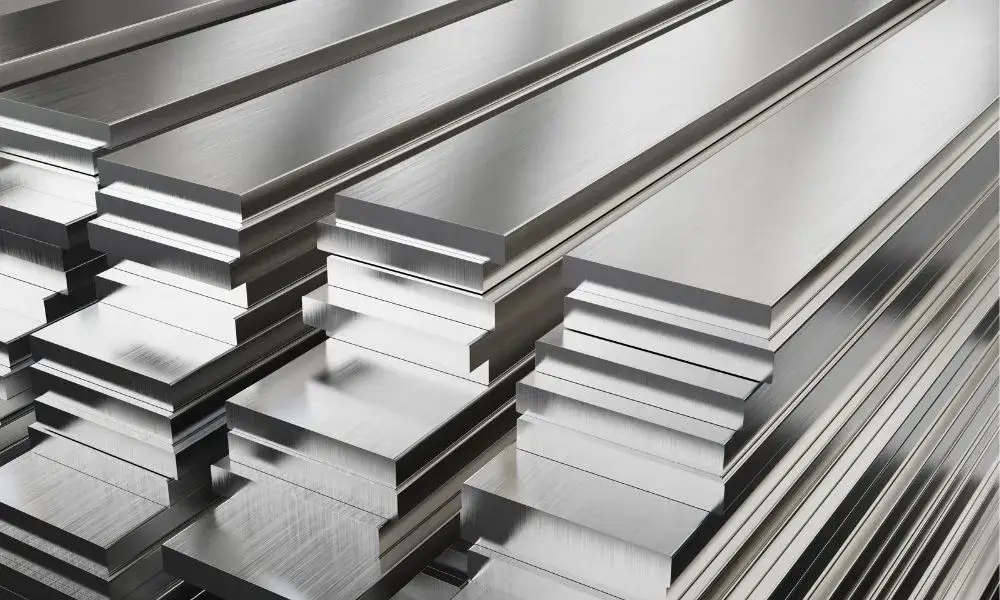
3.304 Stainless Steel vs. 316 Stainless Steel: Difference
In order to effectively choose between 304 SS and 316 SS, you need to understand the differences between them through comparison. The following are the main differences between the two grades of SS.
1) Chemical Composition
304 Stainless Steel (percentage): Carbon (0.07), Silicon (1), Manganese (2), Phosphorus (0.045), Sulfur (0.015), Nitrogen (0.10), Chromium (18), Nickel (8).
316 Stainless Steel (percentage): Carbon (0.07), Silicon (1.00), Manganese (2.00), Phosphorus (0.045), Sulfur (0.015), Nitrogen (0.10), Chromium (16), Nickel (10), Molybdenum (2.00).
The main difference between 304 and 316 stainless steel is the presence of molybdenum and the percentage of chromium and nickel contained in each. These, in turn, determine the different characteristics of the stainless steel grades.
2) Mechanical Properties
The two stainless steels also differ in their mechanical properties, including yield strength, stainless steel hardness, and elastic modulus.
- Yield Strength
The yield strength is the maximum force that can be applied to a material before it permanently changes shape. Therefore, the strength of a metal must always withstand forces below the yield strength. SS 304 has a yield strength of 215Mpa, while 316 SS has a yield strength of 205MPa. Although the difference is small, it is important in high tolerance machining. - Hardness
This is the ability of a material to resist deformation, penetration, and indentation. The right material must be hard enough for durability. It must also be hard enough to ensure the correct manufacturing process. 316 stainless steel has a hardness of 79 Rockwell B, while 304 stainless steel has a hardness of 70 Rockwell B. Therefore, 316 stainless steel is more suitable for projects that require hard materials. - Elastic modulus
The elastic modulus is the relationship between stress and strain, and how a metal responds to deformation. 316 SS has an elastic modulus of 164 GPa, while 304 SS has an elastic modulus of 193-200 GPa. Therefore, SS 304 responds better to deformation.
3) Corrosion resistance
Generally speaking, both stainless steels are corrosion resistant. However, because 316 SS contains molybdenum, it is more corrosion resistant, especially in chlorides or sulfuric acid. The corrosion resistance of 316SS also means that you can clean them easily without worrying about the type of chemicals.
4) Heat Resistance
Heat resistance is another obvious factor in comparing 304 and 316 stainless steel. Based on their melting points, 304 SS has a higher melting range than 316 SS (50-100F higher).
On one hand, 304 SS can handle heat very well. However, continuous use at temperatures of 797-1580 °F can lead to corrosion. On the other hand, 316 SS works well at temperatures above 1550 ℉ and below 850 °F.
5) Cost
316 stainless steel is more expensive than 304 stainless steel because of its higher element content and the addition of molybdenum. In addition to this, the increased corrosion resistance also makes it more expensive. On average, 316 stainless steel is 40% more expensive than 304 SS.
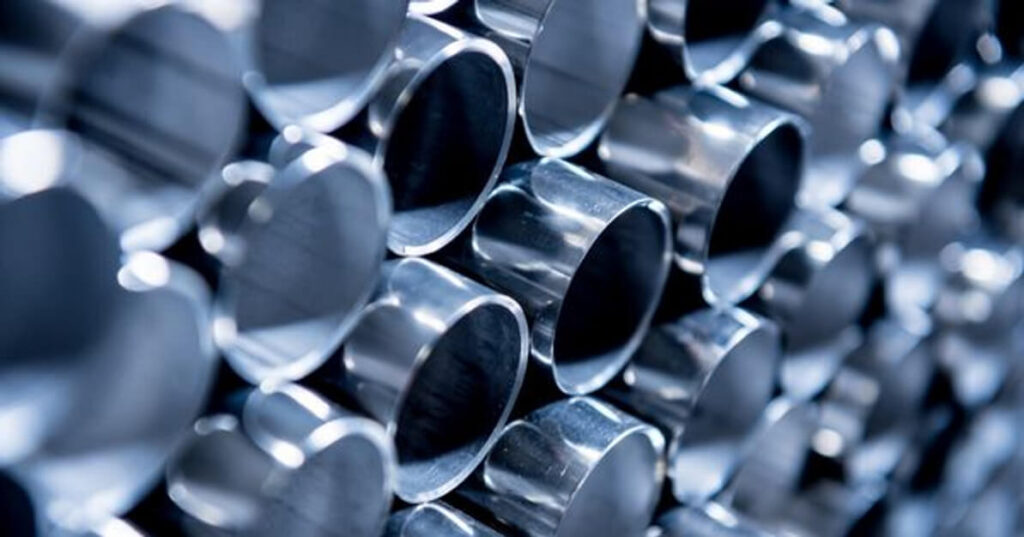
4.304 Stainless Steel vs. 316 Stainless Steel: Similarities
Based on physical and mechanical properties, 316 and 304 stainless steel are very similar. Both materials have the following similarities:
1) Magnetism
Both SS are austenitic stainless steels. Therefore, they do not possess any magnetic properties when initially formed. However, cold working or welding can lead to magnetism.
2) Wear Resistance
Both grades of steel have the property of being resistant to wear or scratching. This ensures that the material is not affected by oxidation or other phenomena. In addition, this is also an important aesthetic value considered by many people, especially when making kitchen cookware.
3) Weldability
Weldability refers to the tendency of metals to weld together without deformation. This factor depends on the carbon content in the stainless steel grade, and stainless steels with low carbon content have higher weldability. Since the carbon content is equal (0.08%), the weldability of both grades is high and equal.
4) Formability
Formability refers to the tendency of a material to undergo plastic deformation without affecting its properties, such as necking (local thinning of the metal sheet) and cracking (breaking of the metal sheet). This allows metal sheet manufacturers to use the material and adapt it to the design. Both grades have high formability.
5) Durability
Durability measures the strength of a material and the stress it can withstand. Both 316 and 304 grades are tough. This is reflected in their metalworking properties, corrosion resistance, and heat resistance, which ensures their use in rigorous manufacturing structures.
6) Tensile Strength
Tensile strength refers to the energy required to split or stretch a material before it breaks. SS 304 and SS 316 have a tensile strength of 500-700Mpa and are suitable for working in the same conditions.
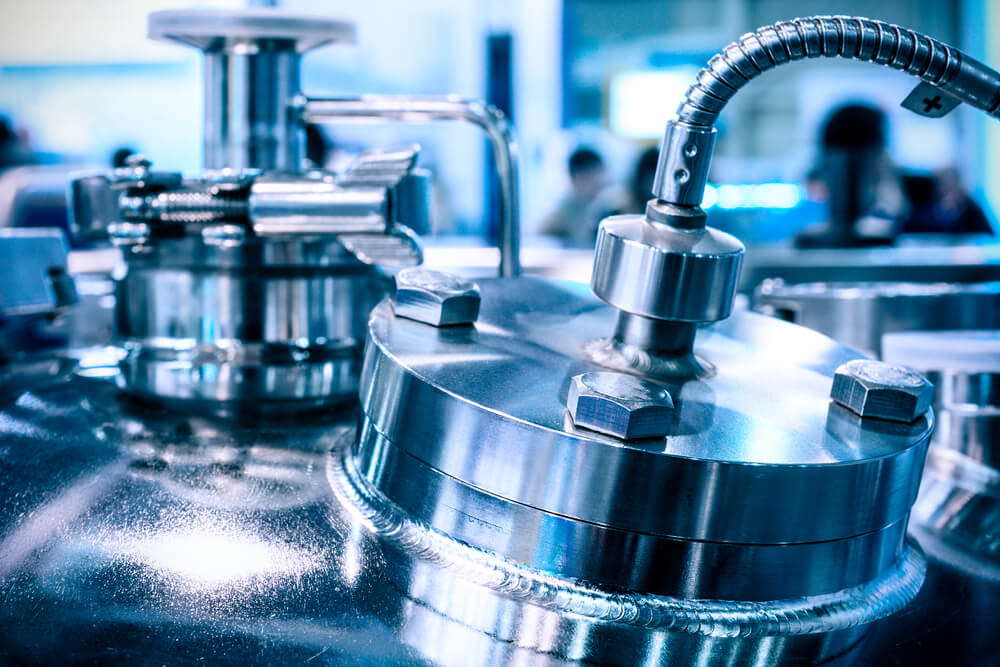
5.304 vs. 316 Stainless Steel: How to Choose the Right One?
In terms of benefits, 316 SS is better than 304 SS. However, 304 SS is more popular in industrial applications. Choosing the right stainless steel requires paying attention to the differences between the two stainless steels. Here are a few situations where both stainless steels are suitable, and how to choose the right one.
1) Saltwater/Marine Environment
The marine environment contains a large amount of chlorides and sulfides. Therefore, the right material should have a high level of corrosion resistance. 316 SS is a better material due to the presence of molybdenum.
2) Outdoor Use
Products used outdoors are also subject to corrosion and rust. However, unlike marine environments, there are fewer chlorides and other chemicals in outdoor environments. Therefore, 304 SS is a better choice due to its corrosion resistance and low cost.
3) Maintenance
Both stainless steels are almost the same in terms of durability and aesthetics. However, 316 SS is easier to maintain than 304 SS. This is because there is no need to worry about the chemicals used in the cleaning process.
4) Operating Temperature
Temperature also increases the rate of corrosion. Therefore, if the application location has a higher temperature, 316 SS is a better choice. Unlike 304SS, which will corrode at 425-860 °C (797-1580 °F), SS 316 can operate at temperatures above 843 ℃ (1550 ℉) and below 454 ℃ (850°F) without corrosion.
5) Cost-effectiveness
Another factor to consider when choosing between 304 stainless steel vs 316 stainless steel is cost. 304 is the better choice because 316 SS costs 40% more than it.
By matching your choices with the purpose, environment, and cost, you can optimize them in terms of functionality and cost to benefit your project.
6.Conclusion
304 and 316 stainless steel are important steels in the manufacturing industry because of their corrosion resistance, weldability, formability, and aesthetics. Both are austenitic steels; however, their material composition is slightly different. The difference in chemical composition is the reason for the difference in their cost and corrosion resistance.
